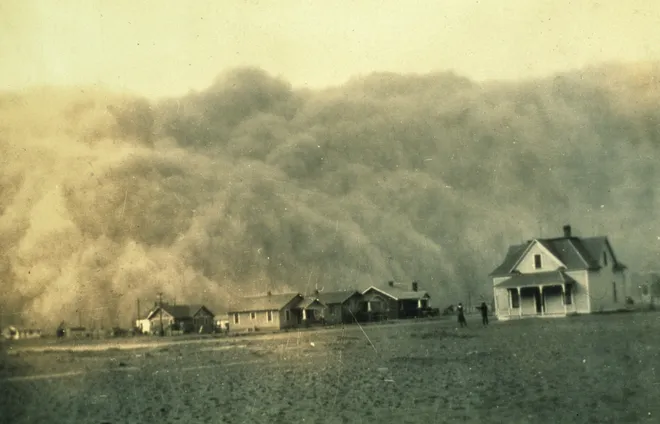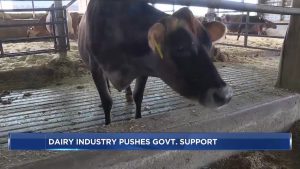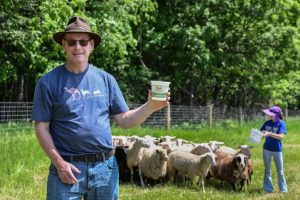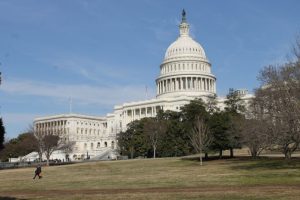
Farming has never been easy. Ask your farmer parents or grandparents and I’ll bet you’d hear about the challenges of raising a family, paying the mortgage, replacing a tractor, repairing a building or getting sick at a crucial time.
True, these are not worldwide issues but even more important, they are do or die family issues that had to be solved (and were) without congressional hearings, presidential orders or a nationwide vote.
Impact of Dust Bowl remembered
Many years ago while employed as the advertising manager at ABS (then American Breeders Service), I attended an Angus sale at Jorgenson Brothers Angus Ranch located in Ideal, South Dakota. Martin Jorgenson insisted I overnight in an empty spare bedroom. A photo (dated in the 1930’s) hanging on the wall was of black dust (actually soil from fields) covering the back of the house from ground to roof top. That was pretty serious stuff, I thought to myself before I went to bed that night. And it was.
But today, Jorgensen Land and Cattle, family owned/operated since 1909, farms 12,000 acres in no-till crop production and markets 3,500 Angus bulls annually. Jorgenson Angus were among the first to be performance tested and are known far and wide today for their genetic values.
Great Depression spurred farm foreclosures
When I was a young up farm boy, Dane County and all of Wisconsin was full of rental dairy farms owned by banks, insurance companies and other big farmers. It took me many years to understand that these farms were properties that had been foreclosed on during the Great Depression of the 1930’s. The new owners who had no farming expertise, of course, tried to sell them ‒ with little success ‒ so offered the farms as rentals, mostly on a percentage basis.
As the farm economy improved after World War II, the rentals were sold and a new crop of farm owners emerged and America’s Dairyland grew as farms got bigger and better. Now it’s the children and grandchildren of that generation doing the farming – maybe differently – but successfully.

Expo attendance varies year after year
A caller recently asked about the attendance at this year’s World Dairy Expo. “What does it mean? Is it good or bad?” he asked.
Dairy Expo has issued a show summary since 1999. Here are some of the highlights of the data throughout the years. The modern attendance record of 77,204 was hit in 2014. This year’s attendance topped out at 56,250, a loss of about 15,000 over a 10-year period. Of course, there were much higher numbers during the 1990’s and early 2000’s when the farm numbers were much higher and attendance figures were an estimate based on the number of cars, unlike today’s digital accuracy.
Crowds, however, have varied up and down over the years with some figures reaching over 100,000 in the glory days of dairying in the 70’s to 90’s when crowd numbers were at best estimates.
Bad news? Maybe not when one looks at the previous years 2003 with 65,125 to 2017 with 74,572, an increase of over 9,000. Going even farther back, 70,950 visitors back in 1998 was the high mark until the 2012 show attracted 71,788 visitors followed by a stable attendance the next four years.
On the other hand, I’ve often figured that the worse the weather, the higher the attendance. Balmy, sunny days may keep farmers in the field filling silo, making hay or doing some tillage and leaving the farm may be sort of a guilt trip. Rain and even snow might help convince farmers in surrounding states to forget about the field work and take a day off and head to Expo. Over the years I’ve witnessed that connection between rainy, windy, miserable days bringing in big crowds.

I’ll admit I can’t arrive at a particular trend for Dairy Expo attendance over this 21-year period, except for a recent downtrend, but that has happened before. However, the loss of dairy farms and potential dairy exhibitor customers is certainly worrisome as the loss of dairy farms throughout the midwest that continues and may continue even with a top milk price can’t be overlooked.
Let’s hope the crowds come back.
John F. Oncken can be reached at jfodairy2@gmail.com.

























